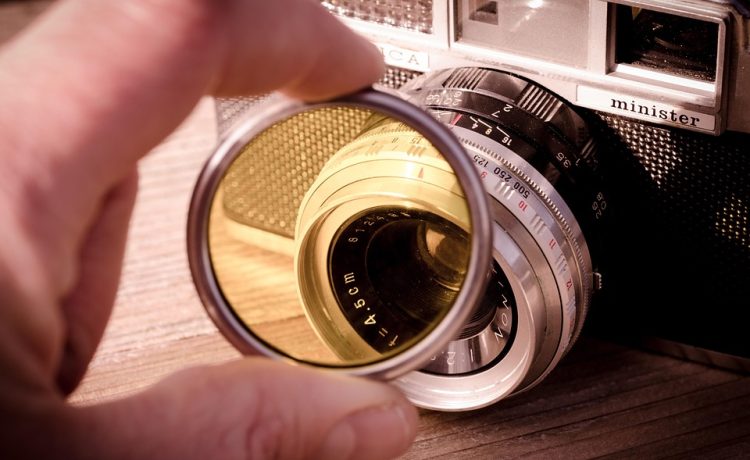In the world of cinema, the glitz and glamour often overshadow the intricate processes that bring a film from script to screen. Sony’s latest blockbuster film, “Eclipse of Fate,” released to much fanfare, is no exception. With its stunning visuals, compelling narrative, and a star-studded cast, the film has captured the hearts of audiences worldwide. But what goes on behind the scenes to create such a cinematic triumph? Let’s take a closer look.
The Concept and Script Development
The journey of “Eclipse of Fate” began several years ago, in a brainstorming session within Sony’s creative team. The initial concept was inspired by a combination of classic mythology and modern storytelling, aiming to explore themes of fate, free will, and the power of choice. Writer-director Emily Carter, known for her sharp storytelling and emotional depth, was brought on board to develop the screenplay.
Carter collaborated closely with a team of writers, pouring over drafts and refining the narrative. “We wanted to create a story that resonates with audiences on multiple levels,” she explains. “It had to feel both epic and intimate.” After countless revisions and feedback sessions, the script finally took shape, embedding rich characters and a gripping plot that demanded the audience’s attention.
Casting: The Stars Align
Once the script was finalized, the casting process began. Sony’s casting directors held extensive auditions, searching for actors who could embody the complex characters outlined in Carter’s screenplay. After a rigorous selection process, renowned actors like Daniel Evans and Sofia Martinez were cast in leading roles, alongside a talented supporting cast.
Daniel, who plays the brooding hero, underwent an intense physical training regime to embody his character’s physique and mindset. Sofia, portraying a fierce warrior, trained in martial arts to ensure her action scenes were as authentic as possible.
Pre-Production: Laying the Groundwork
Before cameras rolled, the film’s production team swung into action. Locations were scouted across various stunning backdrops, from lush forests to arid deserts, with the aim of creating a visually striking world. The production designer, Mia Wong, took inspiration from the themes of the film, crafting elaborate sets that brought the story’s mythical elements to life.
Costume designer Elena Rodriguez envisioned outfits that reflected the characters’ journeys. “Costume design is crucial in conveying a character’s arc,” she shares. Each costume was meticulously tailored, incorporating elements that hint at the characters’ personalities and transformations throughout the film.
The Art of Filmmaking: Lighting, Cinematography, and Special Effects
As filming began, the dedicated crew worked tirelessly to capture every frame. Cinematographer Leo Tan employed a mix of natural light and innovative lighting techniques to create an atmospheric vibe that accompanied the film’s emotional beats.
Equally impressive was the work done in post-production, particularly in the realm of visual effects. The team at Sony Pictures VFX lab utilized cutting-edge technology to enhance the film’s supernatural elements, crafting breathtaking landscapes, fantastical creatures, and explosive action sequences that captivated audiences.
Soundtrack and Score
No film is complete without its score, and “Eclipse of Fate” is no different. Acclaimed composer Max Reinhardt, known for his ability to blend orchestral music with digital soundscapes, created a hauntingly beautiful soundtrack that underscored the film’s emotional peaks and valleys. The score was recorded with a live orchestra, who brought a layer of depth and richness that truly elevated the cinematic experience.
Premiere and Reception
After months of hard work and dedication, “Eclipse of Fate” made its world premiere at the renowned Cannes Film Festival, where it received a standing ovation. Fans and critics alike praised its riveting storyline, character depth, and stunning visuals.
In the weeks following its release, “Eclipse of Fate” not only topped the box office charts but also became a topic of discussion across social media. Fans engaged passionately with the characters and themes, leading to theories and discussions that solidified the film’s place in contemporary pop culture.
Conclusion
The making of “Eclipse of Fate” was a monumental labor of love, showcasing the talent and commitment of countless individuals working behind the scenes. From the initial script development to the thrilling premiere, every aspect of the film was meticulously crafted to deliver a powerful story that resonates with audiences. As the credits roll, it’s clear that this is more than just a film—it’s a testament to the magic of cinematic storytelling, made possible by a dedicated team united in their passion and creativity.
As Sony looks to the future, fans eagerly await what this groundbreaking studio will create next, knowing that the journey is just as fascinating as the final product.






